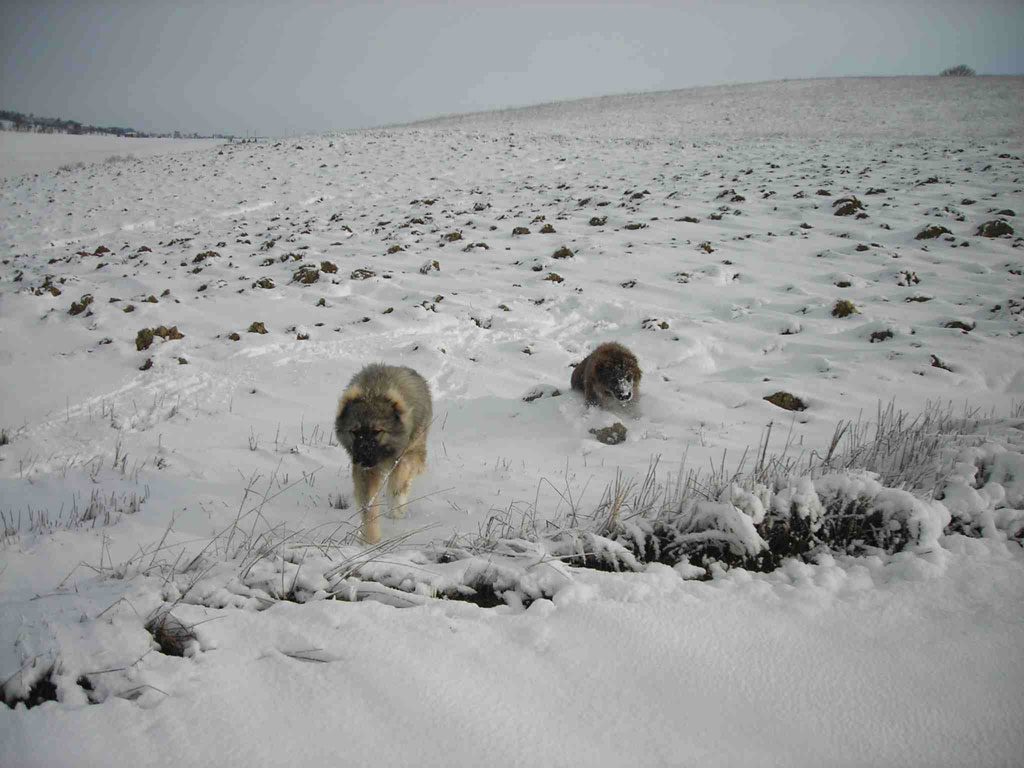Content |
|---|
History
The “Russkiy Toy” it is a recent breed of dog, but its history began in the 18th century, in Russia, with the importation of many English Toy Terrier. One of them was even adopted by Emperor Peter I the Great (1672-1725), during the last years of his life and his reign.
During the 18th and 19th centuries, the popularity of Toy Terrier rose among the Russian aristocracy. They became an essential element, and by the early 20th century they had clearly become a status symbol. Participating in cultural events and social gatherings with a well-behaved little dog became the norm of the good society of the time.
Although many of these dogs were imported from Great Britain, most were born in Russia, and a loose breeding program had already begun to gradually differentiate them from their ancestors. Present at Russian dog shows for some time, they began to officially call each other Russian toy terriers at an exhibition held in St. Petersburg in 1907, where they were exposed 11 specimens.
The revolution of 1917 I was going to change things: associated with the aristocracy, the Russian Toy Terrier experienced a sudden and brutal decline, that left him on the brink of extinction. A few breeders tried to preserve the breed, but they faced many difficulties at a time when dog breeding was run by the regime, which instead encouraged the development of dogs that could be used by the military.
The death of Josef Stalin in 1953 eased restrictions and some Moscow breeders, St. Petersburg, Svendlosk and Irkutsk were able to revive the breed. But after 40 years, there were no more specimens with perfectly known ancestry and pure characteristics, so they had to start from scratch, from individuals with characteristics similar to those previously known.
The year 1958 marked a turning point for the breed, when a guy named Chicky was born with long hair and fringed ears and tail. Until then, all representatives of the breed had a smooth and short coat. The breeder Yevghenina Zharova wanted to preserve these characteristics and crossed him with a female with a longer than average coat and started a specific breeding program.. His initiative was crowned with success: starting at 1966 and the creation of a specific standard, these dogs were considered as belonging to a breed other than the Russian Toy Terrier and they were called Moscow Longhaired Toy Terrier.
The year 1988 marked another turning point, because the Russian Cynological Federation (RKF), the reference organization in Russia, then decided to unify short hair and long hair again under the same standard, considering them as two varieties of the same breed.
In the following years, after the fall of the iron curtain in 1989, the first copies of Russian Toy Terrier They were able to go out to conquer Europe and the breed began to develop, in particular in Finland and in the Eastern countries.
But, the opening of the borders also brought about the entry of new breeds into Russia, who replaced local dogs in the hearts of dog lovers. As a result, in the decade of 1990, this dog was again on the brink of extinction in Russia. But, on the one hand, had already been imposed abroad and, for another, Russian breeders managed to maintain enough gene pool in their country to keep the breed healthy.
In the first decade of 2000, things sped up. In 2006, the Fédération Cynologique Internationale (FCI) recognized the breed provisionally and gave it the official name of Russkiy Toy, removing the name of Terrier. Two years later, in 2008, a breed club was founded in the United States (Russian Toy Club of America), and that same year the United Kennel Club (UKC) American also accepted the breed. El American Kennel Club (AKC) did the same in 2010 by including it in your Foundation Stock Service (FSS), a step prior to full recognition.
In 2017, the Russkiy Toy obtained the definitive recognition of the FCI, as well as the famous Kennel Club (KC) British. In fact, today it is recognized by most of the large national canine organizations – is the case, in particular, del Canadian Kennel Club (CKC), for example.
Today, the AKC is present in almost all of Europe, but it is still rare in the United States, which explains why the final recognition of the AKC is still pending.
In Great Britain, annual records around the KC have been around 50 since the acceptance of the breed in 2017.
This figure is higher in France, where they were registered between 100 and 150 births in the French Stud Book (LOF) in 2010, which shows that this dog, although it remains relatively discreet in the country, has managed to find its audience.
Photo: One Russkiy Toy of 20 meses by Skest at German Wikipedia, CC BY-SA 3.0, via Wikimedia Commons
Physical characteristics
The Russkiy Toy bears his name well, as it belongs to the smallest dog breeds in the world on the particular sides of the Chihuahua, of which it shares several characteristics.
Its square body with a raised belly is higher at the neck than the rump. The extremities, fine boned and lean muscled, they are quite long, giving the impression that they are high on the legs. The tail is relatively short, carried in the shape of a sickle or saber, and fringed in the case of long-haired dogs. In areas where tail docking is permitted, docked tail is accepted, as long as a stump is left with 2 to 4 vertebrae.
The head is small in proportion to the body, with a clearly marked stop. The muzzle is pointed and ends in a preferably black nose. The eyes are large, round and very expressive. your colour must be as darkest as possible. The ears, which are a distinctive feature of the breed, They are set high and sustained. Big and thin, they form two isosceles triangles in the skull. The long-haired variety is covered with long, thick hair that falls in a plume shape.
This dog has no undercoat. But, upper hair differs from dog to dog, to the point that there are two varieties of the breed: the one with straight hair is short, smooth and shiny, while the one with long hair has a medium length (of 3 to 5 cm.). The latter also have fringes on their ears and tail., that cover the entire outside of the ear when mature.
Multiple coat colors are allowed: black and tan, Brown and fire, Blue and fire, lilac and fire, and red with blue, brown or black. There are also some smooth dogs: his fur is red, leonado or cream. The most common color is black and tan.
Last, there is no real sexual dimorphism in this breed: males and females are roughly the same size and appearance.
Size and weight
Size: 20 – 28 cm.
Weight: 1 – 3 kg
Varieties
National and international canine associations usually distinguish between two varieties of Russkiy Toy: the of smooth hair, sometimes called shorthair, and the of Longhair. Although it is not usual, since the breeders of Russkiy Toy they usually specialize in one or the other, these varieties can be crossed: then mixed litters are obtained, composed of both short-haired and long-haired individuals.
The long-haired variety, with its specific fringes on the ears, is the most sought after by fans, and also the most common. It has a semi-long coat (between 3 and 5 cm.) in the body, while the tail and ears are covered with long, thick fur that forms characteristic fringes.
The straight hair variety, on the other hand, has a short smooth shiny looking top coat. Historically, the first representatives of the breed were all short-haired.
None of the varieties of Russkiy Toy has undercoat. In general, apart from its fur, are perfectly identical in character and physical characteristics.
Character and skills
The Russkiy Toy he is incredibly loving and close to his family, with which you want to spend as much time as possible. Your attachment can even turn into possessiveness and, if i wasn't well socialized, can be overtly threatening (insofar as your size allows) towards those who get too close to their master. He also tends to distrust strangers, at least at the beginning: if you see that they are invited to the house, quickly curious to know more about them.
If you are able to stay alone for a few hours, will quickly become anxious if absent for a long time (especially if this happens almost every day) and can then behave destructively. The presence of a small companion in the home can be a pertinent solution to help you not see time pass when your master is at work and reduce the risk of separation anxiety.. Usually, your pet will get along with other animals, already be partners, cats, rodents or reptiles, and this is usually the case even with those who do not live in your house. But, be careful not to be disturbed or scared by this barking and hyperactive puppy. And don't forget that a cat is usually much bigger, quick and better armed in case of discussion…
In any case, lives perfectly in an apartment, as long as your need for exercise is met. The latter is also relatively consistent due to its size., since it is necessary to travel it at least half an hour a day. In other words, carry you in a bag, in a dog stroller or even in the arms of its owner is not the best gift that can be given, since you need to stretch your legs. But, if you live in a house with a garden in the country, it can be dangerous to leave it alone in the garden, because its size makes it a potential prey for many wild animals: birds Raptors, foxes, weasels…
Like other miniature dog breeds, not really aware of the latter, so it is able to put itself in dangerous situations. No doubt, for example, to provoke a dog that weighs more than 20 times its weight, without worrying about the possible consequences. So, it is better to lead him on a leash when he goes out and teach him to curb his burning.
To the smart Russkiy Toy he likes to be stimulated intellectually. Dog games and puzzles can be a great way to keep him busy while his owners are out and about., and loves to learn new tricks. You can also participate in dog sports such as obedience and agility, but its small size makes it difficult to compete.
On the other hand, not recommended for families with young children. In effect, its small size and its fragility mean that it can be easily mistreated by the little ones, and the accident risks are very real – for the two protagonists, In addition. You can be seriously injured by a small car thrown at you in a moment of anger, just as he can respond by biting if his tail or ears are pulled. It also, a dog should never be left alone unsupervised with a young child, and that is valid whatever your race.
Last, the Russkiy Toy barks often. Its high-pitched voice is an excellent alarm in case of threat, but it is also likely to quickly anger the neighbors.
Education
Like all its fellow men, the Russkiy Toy needs to be socialized from the first weeks. This is all the more important as you tend to be cautious: only successful socialization can allow you to become a sociable and balanced adult. So, need to meet many people (family, friends…) but also other animals, be it dogs, cats or rodents.
The fact that he is intelligent and likes to be liked greatly facilitates his education. Learning to clean and remember orders is usually not a problem. If the family is patient and firm, it is possible to go much further, since they can also learn many tricks.
Positive reinforcement is the best method to reach and educate the best possible Russkiy Toy. The moods, caresses and treats are real motivations for him, and quickly learns to do everything possible to satisfy his Master.
In fact, the Russkiy Toy It is a breed of dog adapted for a beginner, but his master must never forget that a dog needs a leader to direct him. This leadership role, it is he who must exercise it. Your partner needs limits, which must be immutable, taxes from a very young age and consistent over time, as well as from one family member to another. If he is allowed to do what he wants when he is little, or if the rules are different depending on the day of the week or the person, you don't know what to expect and your behavior is affected.
It is about the famous “small dog syndrome”, common to all miniature breeds: little by little adopts unacceptable attitudes (do not leave space on the sofa, growl at his master, steal food…) but ignored by their master, who remains hypnotized by his little one and “beautiful” partner. As nothing stops you, this laxity encourages him to push the limits further and further, to the point of gradually taking control of the house. The longer the owner waits to take control of the situation and allow bad habits to take root, the more difficult it will be for him to put his partner back in order. To avoid this, rules should be clear and instilled from the start, and then apply in all circumstances, without exception. In the same logic, it is not advisable to hold him in your arms too often, especially if it is about moving with him when he could just as well walk next to his master, because not only does it not help him to live his dog life and spend, but it can also provoke a tendency to dominate.
Health
The Russkiy Toy is particularly robust and poses little risk of disease.
But, it is sensitive to extreme temperatures and must be protected from both heat and cold. When the thermometer is rising, you should limit your activities to the coolest hours and not let it stay too long in the sun, while adog coatnot too much when you have to go out in cold weather. In any case, has no vocation to spend most of his time outdoors: its natural place is inside the house.
Among the conditions that can affect the breed, the most commons are:
- impacted tooth, when a milk tooth does not fall out and therefore does not give way to a growing adult tooth. This is a fairly common problem, which is solved without great difficulty by a veterinarian;
- the patellar dislocation, a kneecap problem: leaves its position and forces the dog to limp to move. This problem is relatively common in all small dogs and, sometimes, requires surgery;
- the progressive retinal atrophy, degeneration of eye tissues leading to total blindness It is an inherited disease and carriers are normally excluded from reproduction, so it's still pretty rare;
- the Legg-Calvé-Perthes disease, which attacks the hip and causes necrosis that causes stiffness and pain., this disease is very rare and can be operated to relieve the pain caused.
But, the main risk to the health of the Russkiy Toy comes from its small size and fiery character, which can be the cause of many fractures. The fall of a book on its paws, A career that ends in a collision with a chair or an agitated argument with a larger fellow can end in the emergency room., your family must be constantly vigilant.
Another risk you are particularly exposed to is obesity, and once again only your master can help you.You need to monitor your weight regularly and act at the first signs of overweight, adjusting both your portion sizes and your activity level.
As with any race, the adoption of a creator of Russkiy Toy serious and responsible greatly increases the probability of obtaining a healthy puppy The professional must provide a certificate of good health issued by a veterinarian, Submit medical history or vaccination record, in which the vaccines administered to the animal are recorded, and make available the results of genetic tests performed to parents. a small one.
Of course, this does not guarantee that you will stay healthy for your entire life To maximize the chances of this being the case, prevention is essential: it is advisable to wear regularly (At least once a year) take your dog to the vet for a routine checkup.This not only identifies the beginning of a possible problem, it also ensures that you don't miss your shot reminders.
Life expectancy
Grooming
Either for the straight-haired variety or for the long-haired variety, the maintenance of the coat of the Russkiy Toy is simple. In effect, a weekly brushing is enough to avoid knots and remove possible dirt. Muda little, but it may be helpful to increase the frequency of brushing to 2 or 3 times a week when applicable, in spring and autumn.
How he tolerates the bathroom well, clean it every 1 or 2 months to rid it of all impurities and make sure it doesn't mess up the house is usually not a problem either. You just have to make sure you use a specific shampoo for dogs, and in no case a product made for humans.
The rest is a matter of course. These may include, their weekly grooming session should also be an opportunity to check and clean their eyes and ears with a damp cloth. This will prevent debris and dirt from accumulating, thereby reducing the risk of infection.
You should also take the opportunity to brush your dog's teeth with a special toothpaste for dogs, although twice a week (or even daily) it's even better. This will help prevent tartar buildup., that can cause bad breath, cavities and other problems.
Last, although it has gone out enough, their claws tend to grow faster than they wear out. Thus, it is necessary to trim them with a simple nail clipper when they have become too long, to prevent them from getting in the way or even breaking. A monthly cut is usually sufficient. The first time, you can learn how to do it with a vet or a groomer, to avoid doing it wrong.
Food
The Russkiy Toy perfectly fits commercially available industrial dog foods. You just have to be careful to choose a product adapted to dogs of this size, especially if you eat kibble. You also have to choose food of sufficient quality and establish an adapted daily ration to provide it with all the nutrients it needs., especially considering your activity level and your age.
In any case, cat food, although it certainly is the perfect size for its size, not at all adequate. Too rich, are likely to cause rapid and dangerous weight gain.
This is especially true since obesity is a very real problem for this breed whose needs are often much lower than their family thinks.. It is necessary to scrupulously follow the daily rations recommended by the manufacturers or the veterinarian, and regularly weigh your dog to quickly detect too large a variation. A weight gain of 200g is negligible for a human, but for a Russkiy Toy this is around the 10% of their normal weight.
In case of unjustified weight gain, it is advisable to react without delay, adjusting both the dog's daily ration and activity level. If this doesn't help, a visit to the vet is necessary to explore the possibility of a disease and to develop a more appropriate diet if this is not the problem.
Last, like all dogs, the Russkiy Toy you should always have access to a bowl of fresh water, so you can quench your thirst whenever you want.
Use
The Russkiy Toy is above all – and also always – a companion dog, made to spend most of his time with his family. Playful and affectionate, perfectly capable of apartment living, represents an ideal option for those who have little space to offer their dog, but on the other hand they may be available to dedicate time.
His affectionate character also makes him a very good therapy dog, able to spend hours by his master's side if he needs it, and to help you with your mere presence.
His natural distrust of the unknown and his propensity to bark make him an excellent alert dog., but its size prevents it from being a true watchdog, although his bravery is not questionable.
Last, it is common to find it at dog shows, where your success is not denied. They can also participate in dog sports competitions, like obedience, but its small size is definitely a disadvantage.
How much does a "Russkiy Toy"?
The price of a puppy Russkiy Toy is of some 1500 EUR, but this average hides great disparities. In effect, depending on the reputation of the kennel, of the prestige of their ancestors but also and above all of their intrinsic physical characteristics, can go from 800 euros for the copies with some small defects up to almost 4000 euros for those intended for breeding and/or exhibitions. On the other hand, there are no big price differences according to gender.
Characteristics "Russkiy Toy"
Coexistence is important that you have with your new friend. Before considering the acquisition of a dog of the breed "Russkiy Toy" you know certain factors. Not all breeds of dogs are apt to live in an apartment, you must take into account his character, their need for exercise, their interaction with other pets, their care and if you have small children, their level of tolerance towards them.
Adaptation ⓘ2.0 out of 5 stars (based on 1 review)
|
friendly dog ⓘ5.0 out of 5 stars (based on 1 review)
|
hair loss ⓘ1.0 out of 5 stars (based on 1 review)
|
|---|---|---|
Affection level ⓘ5.0 out of 5 stars (based on 1 review)
|
Need for exercise ⓘ3.0 out of 5 stars (based on 1 review)
|
Social need ⓘ5.0 out of 5 stars (based on 1 review)
|
Home ⓘ3.0 out of 5 stars (based on 1 review)
|
Toilet ⓘ1.0 out of 5 stars (based on 1 review)
|
Friendly with strangers ⓘ3.0 out of 5 stars (based on 1 review)
|
barking ⓘ4.0 out of 5 stars (based on 1 review)
|
Health ⓘ4.0 out of 5 stars (based on 1 review)
|
Territorial ⓘ3.0 out of 5 stars (based on 1 review)
|
Cat friendly ⓘ3.0 out of 5 stars (based on 1 review)
|
Intelligence ⓘ4.0 out of 5 stars (based on 1 review)
|
Versatility ⓘ2.0 out of 5 stars (based on 1 review)
|
Child friendly ⓘ5.0 out of 5 stars (based on 1 review)
|
Surveillance ⓘ3.0 out of 5 stars (based on 1 review)
|
joy ⓘ4.0 out of 5 stars (based on 1 review)
|
Images "Russkiy Toy"
Photos:
1 – “Russkiy Toy” by Ernst Vikne, CC BY-SA 2.0, via Wikimedia Commons
2 – “Russkiy Toy” Puppy, 4 months old by Shamanofthistown, CC BY-SA 3.0, via Wikimedia Commons
3 – “Russkiy Toy” shorthair, smooth coat, brown and tan by NiaNike, CC BY-SA 4.0, via Wikimedia Commons
4 – Short hair “Russkiy Toy” by Ernst Vikne, CC BY-SA 2.0, via Wikimedia Commons
5 – Two “Russkiy Toy”, one with short hair and one with long hair by Ernst Vikne, CC BY-SA 2.0, via Wikimedia Commons
6 – “Russkiy Toy” Daniel, Rostov del Don by Sofiya357, CC BY-SA 3.0, via Wikimedia Commons
Videos "Russkiy Toy"
Type and recognitions:
- FCI CLASSIFICATION:
- Group :
- Section : . .
Federations:
- – FCI – Group 9: Section 9: Continental Toy Spaniel and others ⓘ
- – AKC – Toy ⓘ
- – CKC – Group 5 – (Toy) ⓘ
- – KC – Toy ⓘ
- – UKC – Group 8 – Companion dog ⓘ
FCI breed standard "Russkiy Toy"
Alternative names:
1. Russian Toy Terrier, Russian Terrier, Moscow Toy Terrier, Moscovian Miniature Terrier, Toychik (English).
2. Toychik, Toy-chic (French).
3. Russischer Zwergspaniel, Moskauer Langhaariger Toy Terrier (московский длинношерстный той-терьер) (German).
4. (em russo: Русский той-терьер) (Portuguese).
5. Miniatura ruso, Toy Terrier ruso (español).
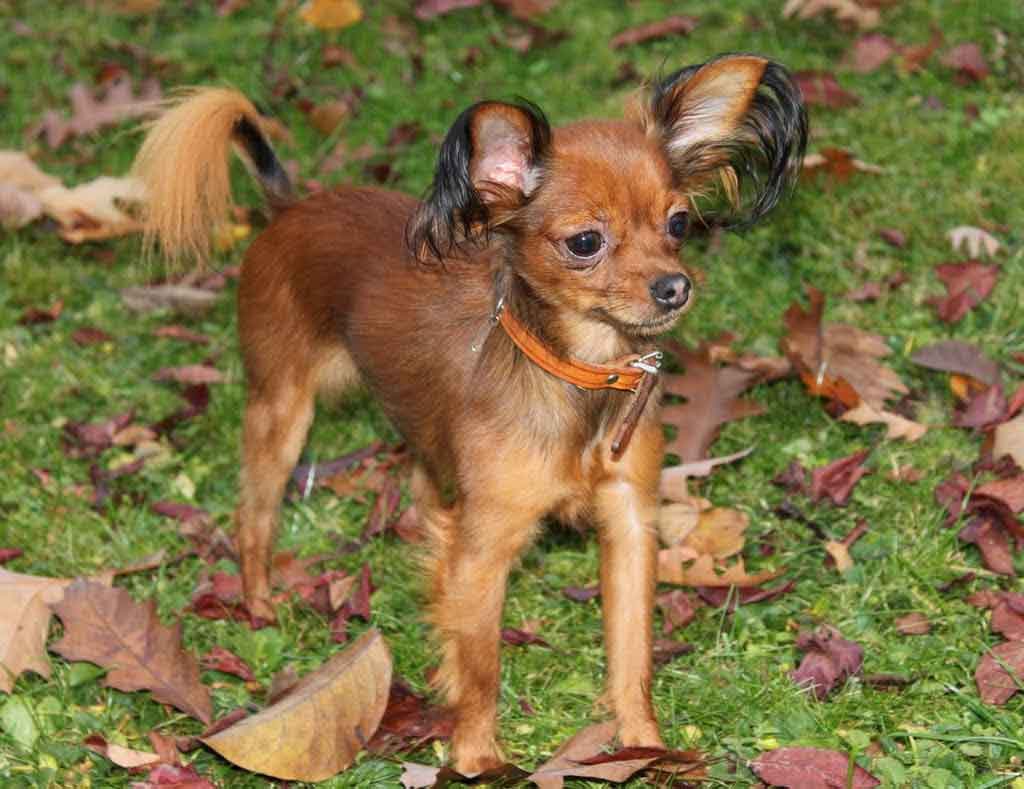

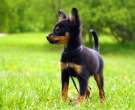
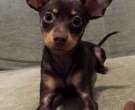
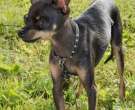
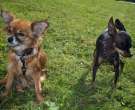
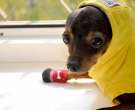
 Welcome to the Russian Toy! | Crufts 2017
Welcome to the Russian Toy! | Crufts 2017 Benjamin – Russian Toy Terrier – 4 Weeks Residential Dog Training
Benjamin – Russian Toy Terrier – 4 Weeks Residential Dog Training THE LITTLE RUSSIAN DOG 🠶 | Dogs Chile
THE LITTLE RUSSIAN DOG 🠶 | Dogs Chile Russkiy Toy. Pros and cons, price, How to choose, facts, watch out, history
Russkiy Toy. Pros and cons, price, How to choose, facts, watch out, history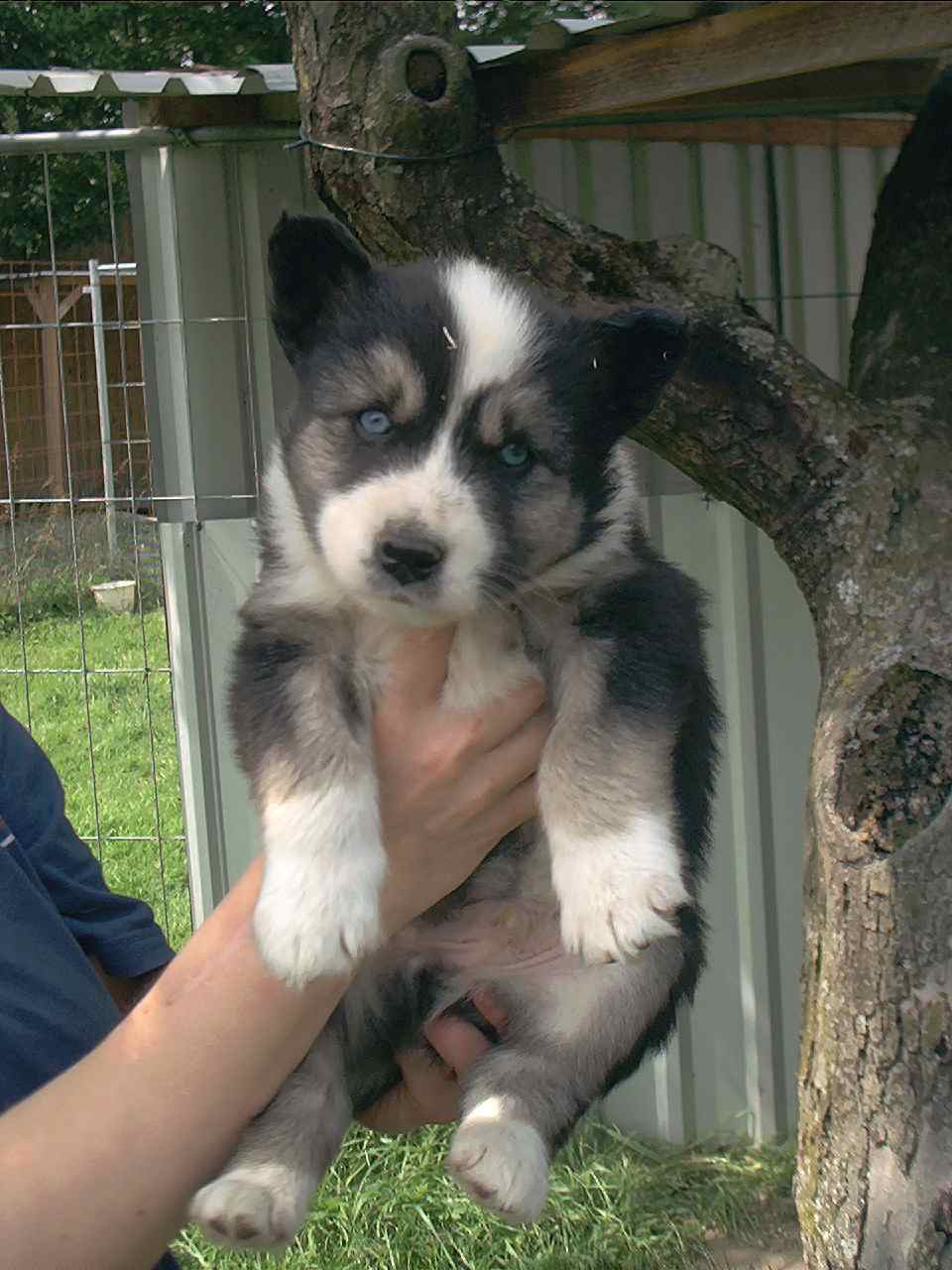
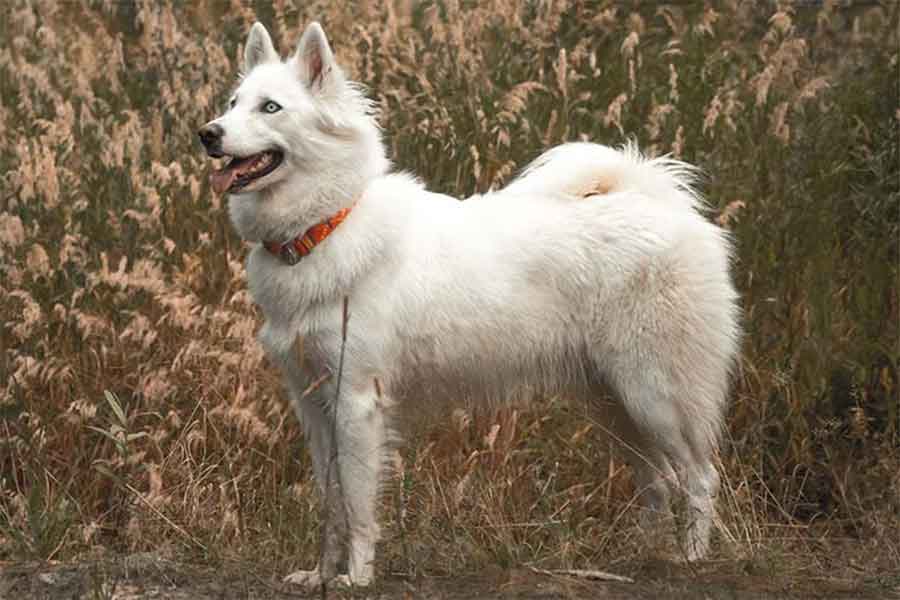
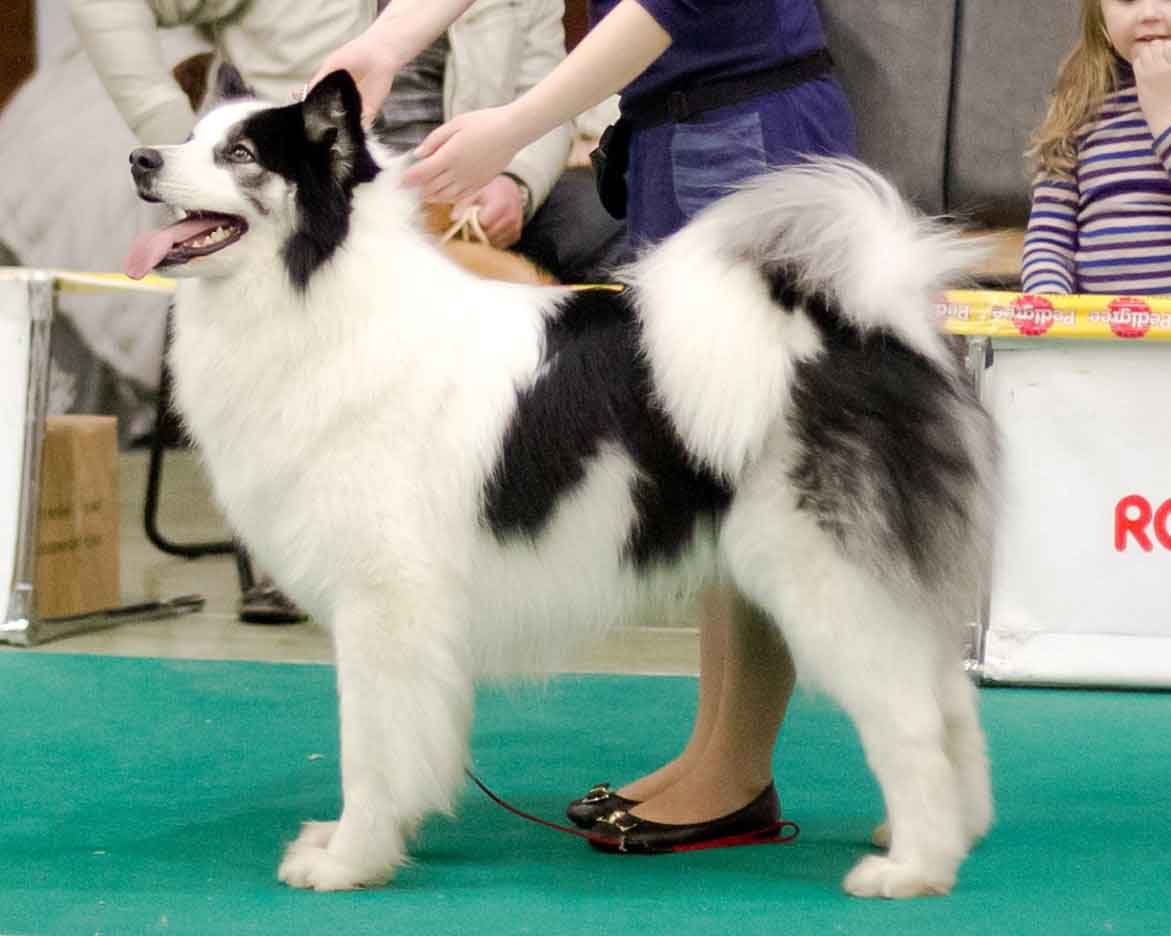
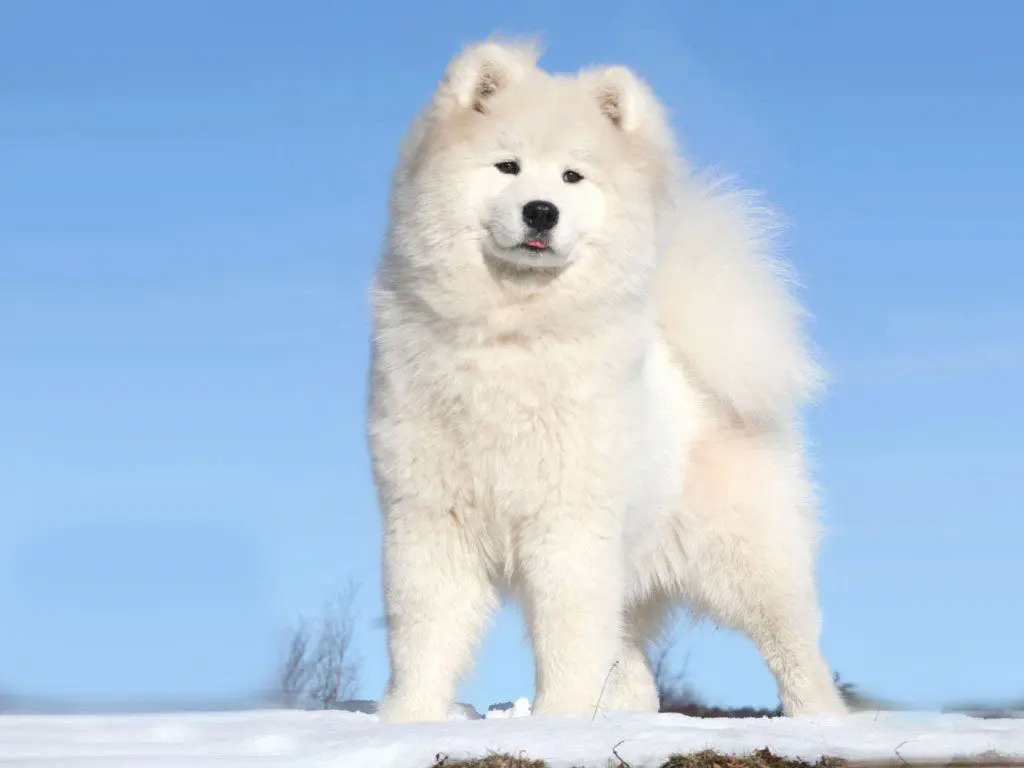
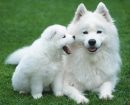
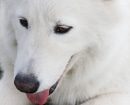
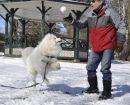
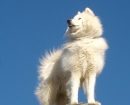
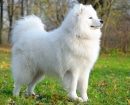
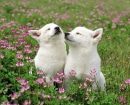
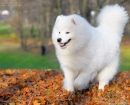
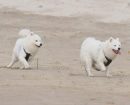
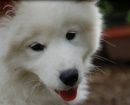
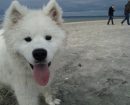
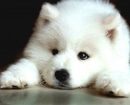
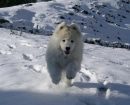
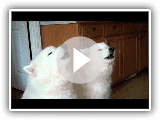 Happy Birthday
Happy Birthday best friends – playing for the first time
best friends – playing for the first time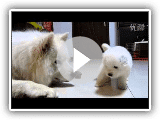 24days old Samoyed puppy 24?????
24days old Samoyed puppy 24?????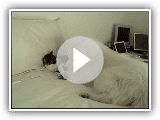 Hardy the Samoyed Puppy and His Roomate
Hardy the Samoyed Puppy and His Roomate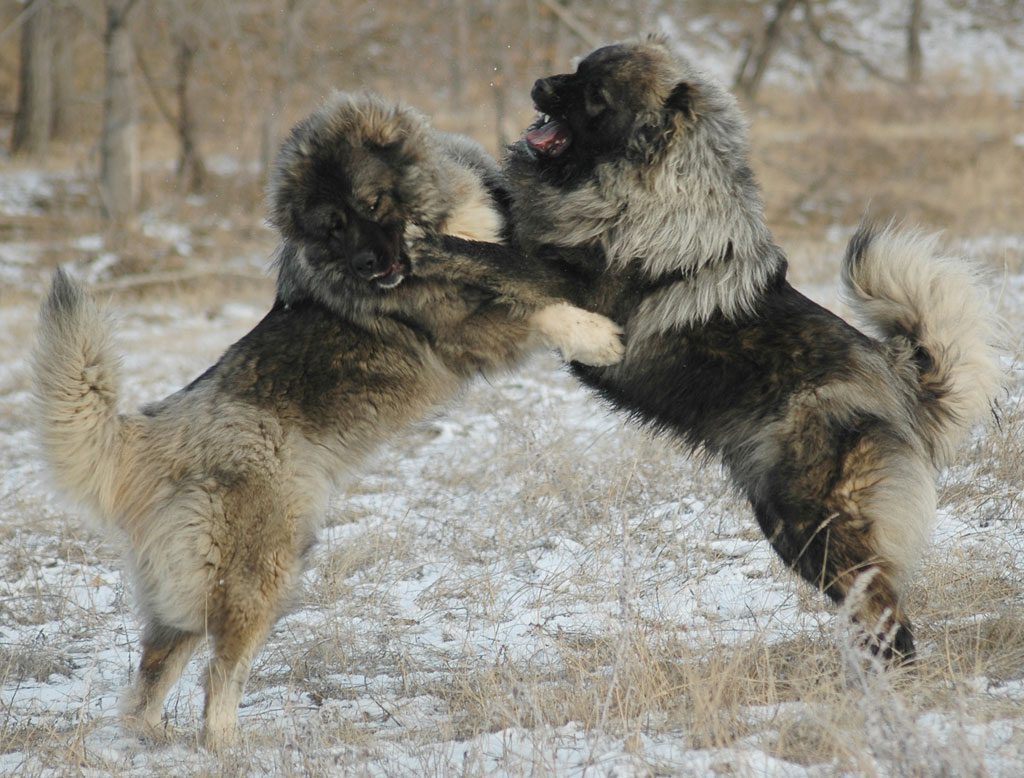
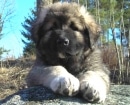
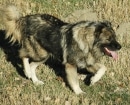
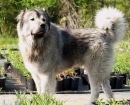
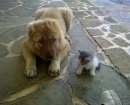
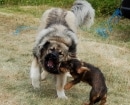
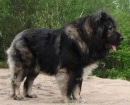
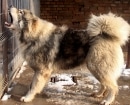
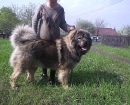
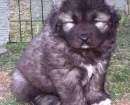
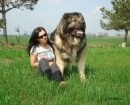
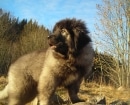
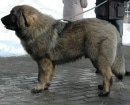
 Caucasian Ovcharka puppies 5-6 weeks old, litter “G” Echinus 25.01.2009
Caucasian Ovcharka puppies 5-6 weeks old, litter “G” Echinus 25.01.2009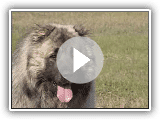 Caucasian Ovcharka
Caucasian Ovcharka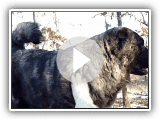 Kavkazskaya Ovcharka Dog Aggression Gone Wild.mp4
Kavkazskaya Ovcharka Dog Aggression Gone Wild.mp4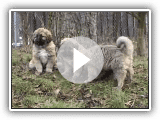 Caucasian Ovcharka, puppies females, FOR SALE!
Caucasian Ovcharka, puppies females, FOR SALE!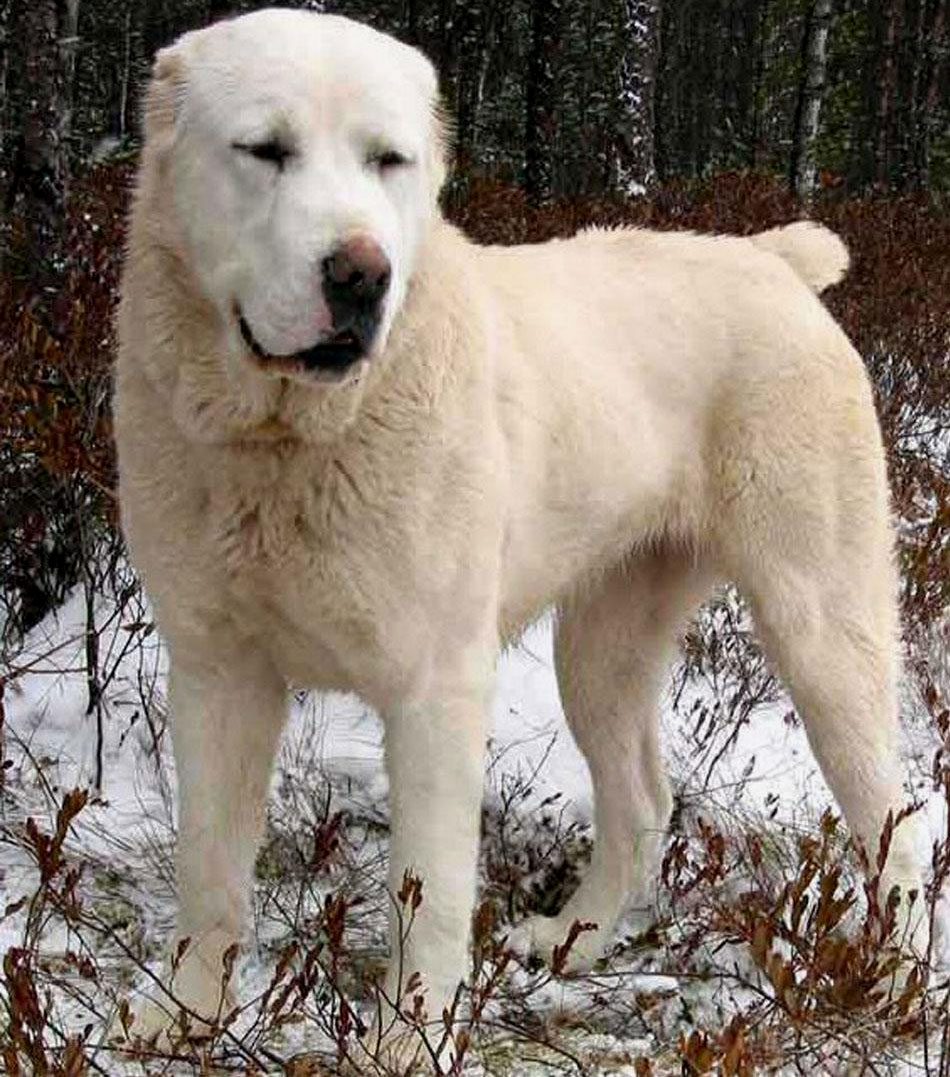


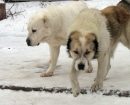
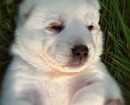
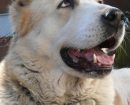
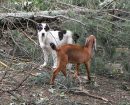
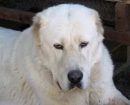
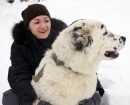
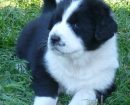
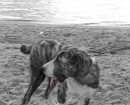
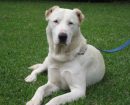

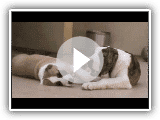 cENTRAL aSIAN sHEPHERD Alabai Aman and Aziza
cENTRAL aSIAN sHEPHERD Alabai Aman and Aziza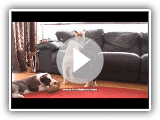 8 Weeks Old cENTRAL aSIAN SHEPHERD Alabai Puppies
8 Weeks Old cENTRAL aSIAN SHEPHERD Alabai Puppies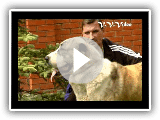 Central Asian Shepherd Dog
Central Asian Shepherd Dog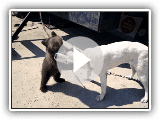 Playing with a bear Central Asian Shepherd
Playing with a bear Central Asian Shepherd